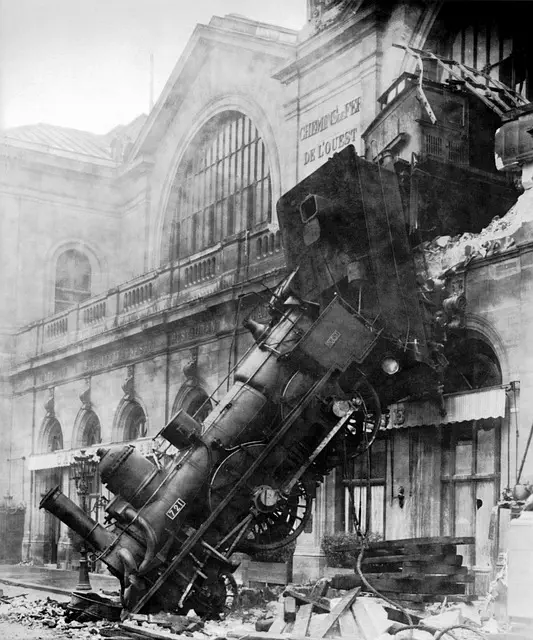Rideshare safety litigation in New York City's Queens focuses on workplace injuries, governed by a complex interplay of laws and regulations targeting passenger and driver safety. Cases hinge on negligence, contractual obligations, and adherence to local/state standards, with rideshare companies facing scrutiny for driver well-being through improved training, practices, and insurance coverage. Key issues include driver fatigue, distraction, multiple requests, urban conditions, and language barriers. Both passengers and drivers have rights and responsibilities; understanding these is crucial for securing safe rides in this bustling metropolis. Advanced technologies like real-time tracking enhance safety, while AI predictive analytics and autonomous vehicles aim to reduce workplace injuries by mitigating risks and fostering public trust.
Rideshare safety litigation is a growing area of legal concern, particularly in densely populated urban centers like New York City’s Queens. This article delves into the complex world of rideshare safety, focusing on workplace injuries specific to Queens. We explore common accident causes and analyze the legal rights and responsibilities of passengers and drivers. Furthermore, we discuss preventive measures and their potential impact on enhancing safety for all involved, with a particular emphasis on addressing rising workplace injury concerns in Queens.
- Understanding Rideshare Safety Litigation: A Legal Perspective
- Workplace Injuries in New York City Queens: A Rising Concern
- Common Causes of Accidents Involving Rideshare Drivers
- Legal Rights and Responsibilities for Rideshare Passengers and Drivers
- Preventive Measures and Future Implications for Enhancing Safety
Understanding Rideshare Safety Litigation: A Legal Perspective

Rideshare Safety Litigation, particularly in the context of workplace injuries in New York City Queens, involves a complex interplay of laws and regulations aimed at ensuring the safety of passengers and drivers alike. From a legal perspective, these cases often center around negligence, contractual obligations, and compliance with local and state standards. In New York, where rideshare services operate under strict licensing and insurance requirements, understanding these legal frameworks is crucial for both plaintiffs seeking compensation for workplace injuries and defendants aiming to protect their business interests.
The litigation process demands a meticulous examination of facts, including the circumstances leading up to the incident, adherence to safety protocols, and the roles and responsibilities of all parties involved. Legal experts navigate through a web of insurance policies, employment agreements, and regulatory guidelines to determine liability. In Queens, where the dense urban landscape presents unique challenges for rideshare operations, workplace injuries can range from vehicle accidents to assaults or property damage, necessitating a nuanced legal approach tailored to the specific circumstances of each case.
Workplace Injuries in New York City Queens: A Rising Concern

In the vibrant and bustling metropolis of New York City, Queens has seen a concerning rise in workplace injuries among rideshare drivers. This issue has sparked litigation and raised awareness about the safety risks these workers face daily. Many drivers, navigating the labyrinthine streets of Queens, are susceptible to accidents due to heavy traffic, construction zones, and time constraints. The nature of their work, which often involves long hours and quick response times, contributes to a high-stress environment.
The legal battles surrounding workplace injuries in New York City Queens highlight the need for better safety measures and regulations. Rideshare companies are increasingly being held accountable for ensuring the well-being of their drivers. This includes providing adequate training, implementing safer practices, and offering comprehensive insurance coverage to protect against potential risks and accidents.
Common Causes of Accidents Involving Rideshare Drivers

Rideshare accidents can stem from a variety of factors, with driver fatigue and distraction being two prominent causes. Since rideshare drivers often work long shifts with multiple trips in a day, exhaustion can set in, leading to slower reaction times and decreased awareness on the road. Additionally, the use of mobile devices for navigation or personal reasons while driving is a significant distraction. This is further compounded by the increasing number of passengers requesting rides simultaneously, pressuring drivers to rush and make impulsive decisions.
In New York City’s Queens, where workplace injuries are not uncommon, accidents involving rideshare drivers have raised concerns about safety standards. The high density of traffic and pedestrian activity in this bustling metropolis adds another layer of complexity. Moreover, language barriers and cultural differences can contribute to misunderstandings, leading to hazardous situations. Ensuring proper training, strict adherence to driving guidelines, and regular mental health assessments for drivers are crucial steps towards mitigating these risks and fostering a safer rideshare environment in Queens and beyond.
Legal Rights and Responsibilities for Rideshare Passengers and Drivers

Rideshare passengers and drivers in New York City, particularly in bustling Queens, have distinct legal rights and responsibilities. Riders are protected by various consumer protection laws and have the right to expect a safe journey. They can take legal action if they experience negligence or workplace injuries during their ride, such as accidents caused by the driver’s fault or inadequate safety measures. On the other hand, rideshare drivers are considered independent contractors, which means they have more flexibility but also face different legal challenges. They must adhere to traffic rules and maintain a safe driving standard to avoid liability for any Workplace Injuries in New York City Queens that may occur.
Both parties should be aware of their entitlements and obligations. Passengers can file claims if they suffer injuries due to the driver’s negligence, while drivers might face lawsuits or insurance disputes if found at fault. Understanding these rights and responsibilities is crucial for ensuring a safe rideshare experience in the lively urban environment of Queens.
Preventive Measures and Future Implications for Enhancing Safety

Preventive measures play a pivotal role in mitigating risks and enhancing safety within the rideshare industry, particularly in densely populated areas like New York City’s Queens. Beyond basic driver screening and vehicle inspections, companies are adopting advanced technologies to ensure passenger security. For instance, implementing real-time tracking systems allows dispatchers to monitor drivers’ locations, enabling swift response during emergencies. Additionally, introducing in-app safety features such as panic buttons and emergency services integration empowers passengers to seek help promptly. These measures not only deter potential hazards but also offer crucial support in cases of workplace injuries in New York City Queens or elsewhere.
Looking ahead, the future of rideshare safety involves integrating artificial intelligence (AI) for predictive analytics. By analyzing historical data, AI algorithms can identify patterns and predict high-risk areas or times, allowing companies to deploy resources more efficiently. Furthermore, the development of autonomous vehicles promises significant improvements in passenger safety by reducing human error. As technology advances, these preventative strategies will shape a safer rideshare environment, ultimately fostering public trust and encouraging the industry’s growth.
Rideshare safety litigation is a complex issue that demands attention, especially regarding workplace injuries in New York City’s Queens. As these services continue to grow, understanding the common causes of accidents and the legal rights of passengers and drivers becomes paramount. By implementing preventive measures and staying informed about emerging laws, rideshare companies can enhance safety for everyone involved. This litigation serves as a crucial catalyst for revolutionizing the industry, ensuring that both riders and workers are protected while navigating Queens’ bustling streets.
